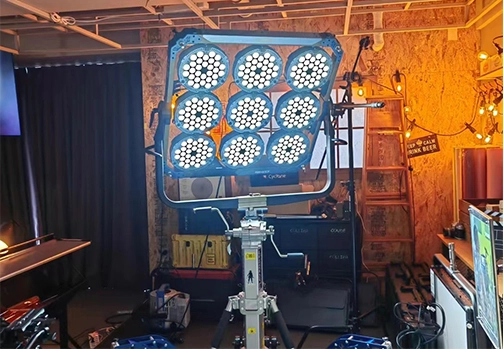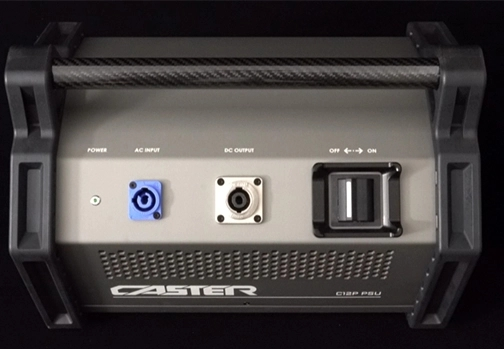Under different lighting conditions, the same object can appear differently. It can be flat or three-dimensional; it can be colorful or plain. All of these changes can be achieved through light. In film lighting, there are different light positions such as oblique side light, side backlight, front light, side light, foot light, top light, and backlight, each with its own unique shaping characteristics.
1. The impact of film lighting positions on shaping
When lit from the front, the direction of the light is the same as the camera, which makes the object appear clear in form, bright in color, and with a bright light. The projected and backlit surfaces are blocked by the body, giving the image a comfortable, neat, and clean feeling. Side light creates a light source at a 90-degree angle to the camera, with the object being photographed occupying half of the frame's projected and light-receiving surfaces. The five tone levels of the light-dark boundary line, secondary dark surface, dark surface, secondary bright surface, and bright surface create a strong three-dimensional sense and rich hierarchy. Backlight positions the film lighting source behind the object being photographed, giving a sense of space and depth to the image, and vividly outlining the contour of the object.
Top light positions the source of film light lamp directly above the object being photographed, with the height of the light source above 60 degrees. Using top lighting techniques can enhance the brightness of the upper cheekbones, jawbone, nose bridge, eyebrows, and top of the head, but may darken the cheeks and eye sockets. Foot light positions the light source below the viewer's line of sight. Using foot lighting techniques can make the dark and light parts of the face different from usual, creating a mysterious and strange feeling with a clear, bright chin, prominent nostrils, and a compressed head. It can also be used to achieve the goal of uglifying characters, making them appear thin, small, terrifying, haggard, etc.
2. Using film lighting techniques to make characters more vivid and lifelike
If actors rely solely on makeup and costumes, the results may not be satisfactory. Lighting can help achieve better results in terms of adjusting skin tone, modifying shaping, and improving character image. Applying film lighting techniques not only helps actors to fit their roles visually, but also assists in portraying their character traits.
 English
English 日本語
日本語 한국어
한국어 Español
Español italiano
italiano العربية
العربية






